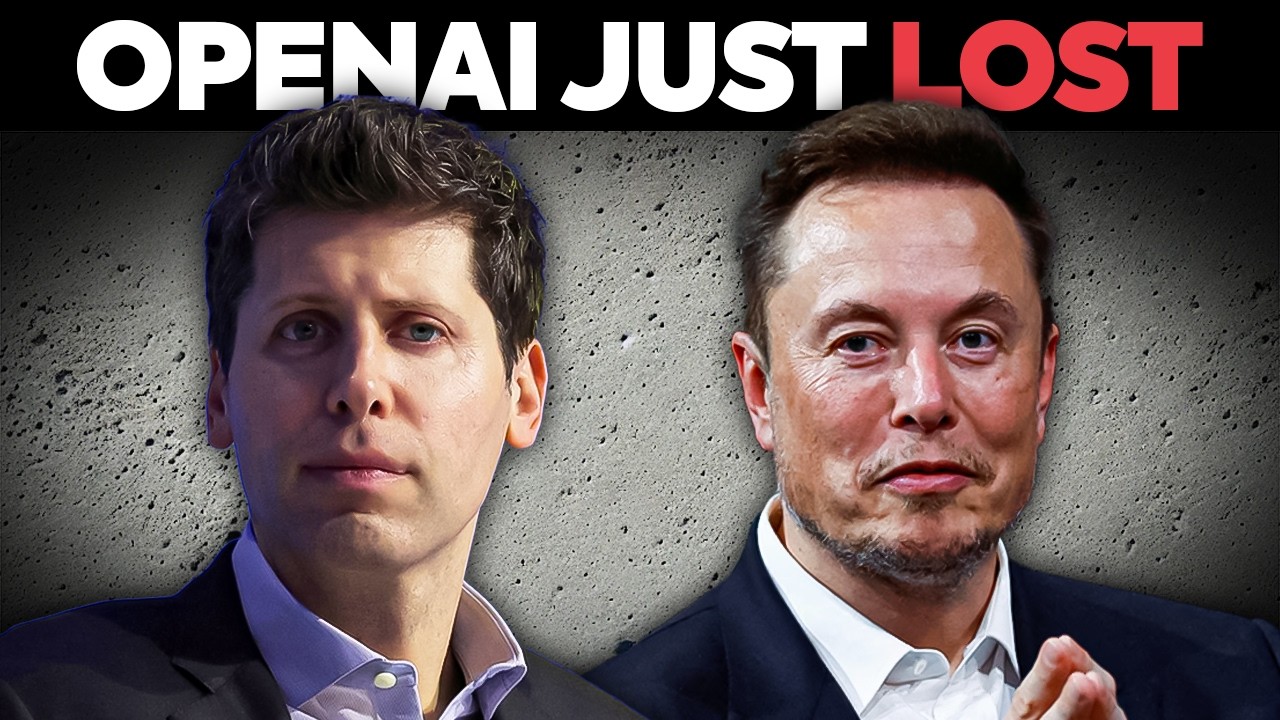The video explains that OpenAI has decided to convert its for-profit LLC into a public benefit corporation to better balance funding needs with its mission to benefit humanity through AI, while keeping the nonprofit in control. This restructuring aims to attract necessary investment, address external pressures and criticisms, particularly from Elon Musk, and align OpenAI with purpose-driven companies, potentially avoiding future legal and transparency issues.
The video discusses OpenAI’s recent decision to abandon its plans to convert into a fully for-profit company. Originally founded as a nonprofit in 2015, OpenAI created a for-profit LLC in 2019 to raise funds and attract talent, but it remained controlled by the nonprofit. Recently, OpenAI announced it would transition its for-profit LLC into a public benefit corporation (PBC), a structure that balances shareholder interests with its mission to ensure that artificial general intelligence (AGI) benefits all of humanity. This move aligns OpenAI with other purpose-driven companies like Patagonia, emphasizing social and environmental missions alongside business goals.
The speaker provides a detailed history of OpenAI’s evolution, highlighting key moments such as Elon Musk’s early involvement and subsequent departure due to disagreements over control and direction. Musk and other investors have repeatedly questioned OpenAI’s structure, accusing it of shifting from its original open and mission-driven roots to a more closed, profit-oriented approach. Musk’s ongoing criticism, lawsuits, and attempts to disrupt OpenAI’s transition reflect broader tensions about transparency, control, and the company’s true motives, especially as OpenAI’s valuation skyrocketed to around $90 billion.
A core reason for OpenAI’s initial move toward a for-profit model was the enormous financial demand of training and deploying advanced AI models, which require hundreds of billions of dollars in compute resources. The nonprofit structure limited their ability to raise such capital and offer meaningful returns to investors and employees. OpenAI’s leadership now emphasizes that their new PBC structure will enable them to attract the necessary funding while maintaining their mission to develop safe and beneficial AGI, with the nonprofit remaining in control and holding a significant stake.
The speaker notes that OpenAI’s decision to remain a nonprofit and convert its for-profit arm into a PBC was influenced by external pressures, including discussions with legal authorities and civic leaders. They suggest that Elon Musk’s vocal opposition and pressure campaigns may have played a role in this outcome. Musk’s criticism centers on concerns that OpenAI has become a closed, profit-driven entity controlled by Microsoft, diverging from its original open-source and mission-driven ideals. The speaker questions the legitimacy of OpenAI’s structure and hints at potential future investigations into its financial and organizational practices.
In conclusion, OpenAI’s recent restructuring reflects its ongoing struggle to balance funding needs, talent acquisition, and its mission to benefit humanity through AI. By transitioning its for-profit entity into a public benefit corporation, OpenAI aims to secure the capital necessary for future advancements while maintaining its core mission. The move also signals a shift toward a more transparent and purpose-driven corporate model, aligning with other mission-oriented companies, and possibly avoiding further controversy or legal challenges related to its original nonprofit structure.
